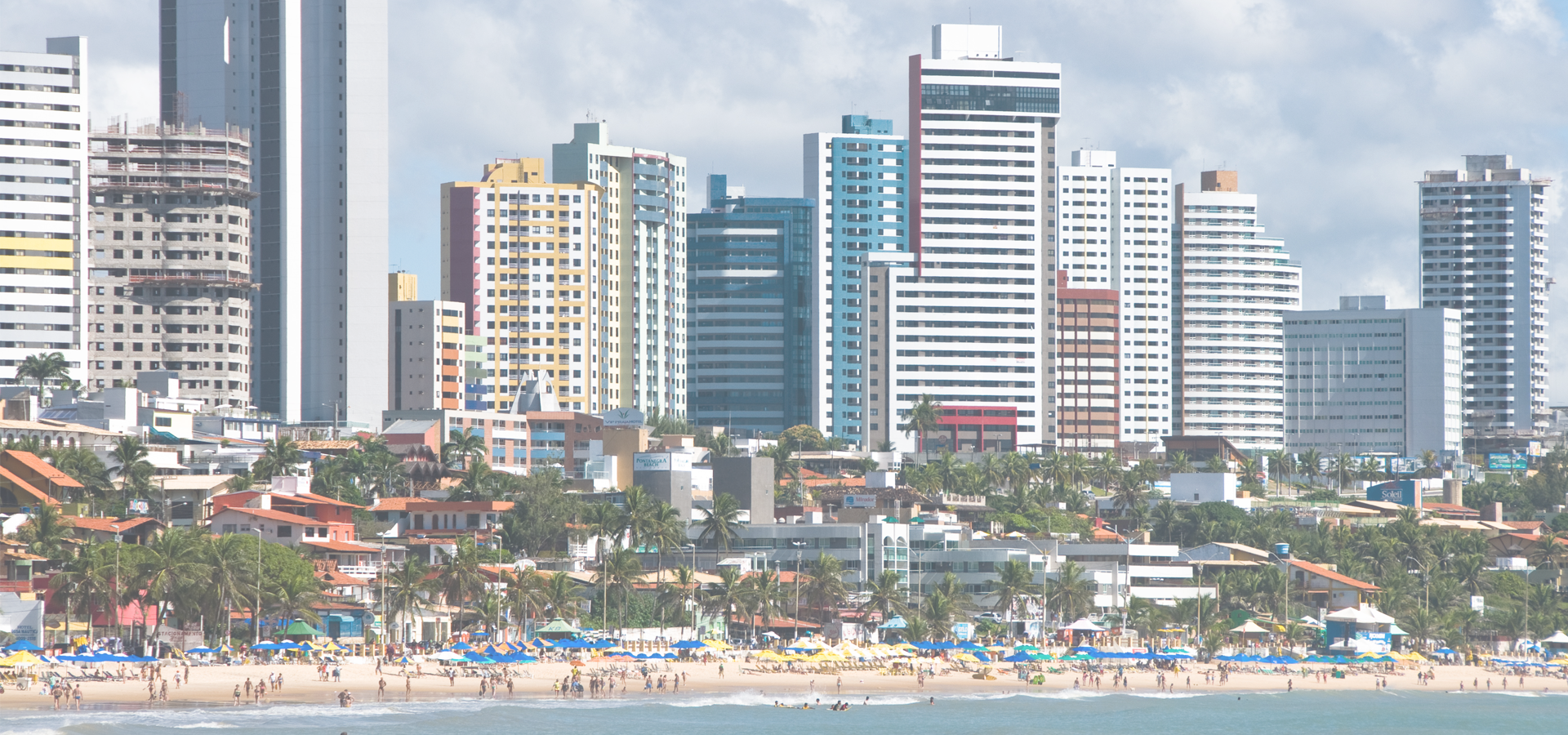Macau, Rio Grande do Norte, Northeast Region, Brazil
🇧🇷 Macau is a municipality in the state of Rio Grande do Norte in the Northeast region of Brazil. It is located in the Costa Branca Pole. Macau has a territorial area of 775,302 km² and is located 175 km from the state capital, Natal.
Its origins date back to the beginning of the 19th century, when it was still known as the island of Manoel Gonçalves - a region already colonized for the production of salt. The municipality is in a region producing sea salt (one of the main in Brazil), oil and fish, being one of the largest national producers of desardinha. Macau is well known in the region for its carnival, which attracts visitors from almost the entire state of Rio Grande do Norte.
Geography According to the division of the Brazilian Institute of Geography and Statistics (IBGE) in force since 2017, Macau belongs to the intermediate geographical region of Mossoró and the immediate region of Açu. Until then, with the validity of the divisions into microregions and mesoregions, it was part of the microregion of Macau, which in turn was included in the Central Mesoregion Potiguar. It is 182 km from Natal, the state capital, and 2,351 km from Brasília, the federal capital.
Bathed by the Atlantic Ocean to the north, Macau has the largest coastline among the Potiguar municipalities, with 39.77 km of beach. It is limited by Afonso Bezerra, Pendências and Pedro Avelino to the south; Guamaré and again Pedro Avelino to the east and west Carnaubais, Porto do Mangue and Pendências. It occupies a territorial area of 775,302 km² (1.4681% of the state surface), of which 2.886 km² in urban area.
The relief of the municipality, with altitudes of less than one hundred meters, is formed by the coastal plain, characterized by the presence of sand and quartz dunes modeled by wind action, and succeeded by coastal plateaus or lowered plateaus. Most of Macau, including the coastal area, is part of the Barreiras Group, consisting of sandstones interspersed with clay, from the Tertiary period, about thirty million years ago. In the estuary of the Piranhas-Açu river is the fluvial-marinha plain, consisting of the alluvial, where the salt extraction areas are located. In the southern part of the municipality are both the calcareous rocks of the Jandaíra formation and the sandstones of the Tibau Formation.
Most of the soils of Macau are sandy, not very fertile and very drenated, characterizing the ouneosolous quartz sands. On the other hand, in the estuary of the Piranhas-Açu River are osgleissolos or solochak solonétzicos, highly saline and very poorly drained, covered by mangroves and herbaceous and creeping species (halófic), adapted to salinity. In addition to these, there are also smaller areas of exchangesol, latosol (of the yellow red type eutrophic equivalent) and luvissolo, the latter called yellow red podzolic eutrophic equivalent in the old Brazilian classification of soils.
With the exception of the coast, where the sandbanks are, and the gleissolos, the macauense soil is covered by a small xerophile vegetation, the caatinga, which loses its leaves in the dry season, and there are also areas of carnaubeira, of larger size. Part of the municipality is inserted in the Ponta do Tubarão State Sustainable Development Reserve, created on July 18, 2003 by state law nº 8 349, covering an area of about thirteen thousand hectares in Macau and Guamaré.
Macau has part of its territory in the northern coastal strip of diffuse flow and the rest in the Piranhas–Açu River basin, whose mouth is located near the city. The other rivers that pass through the municipality are Amargoso, Camurupim and dos Cavalos, in addition to the streams Baixa do Tamanduá, Manoel Casado, Pau-Florado and Oiticica.
America/Fortaleza/Rio_Grande_do_Norte

Macau has a population of over 32,040 people. Macau also forms one of the centres of the wider Central Potiguar region which has a population of over 374,364 people. Macau is situated near Currais Novos.
To set up a UBI Lab for Macau see: https://www.ubilabnetwork.org Twitter: https://twitter.com/UBILabNetwork
🇧🇷 Açailândia -4.933
🇨🇬 Pointe-Noire -4.795
🇧🇷 Quixeramobim -5.2
🇨🇩 Mbanza-Ngungu -5.25
🇮🇩 Bandar Lampung -5.45
🇧🇷 Imperatriz -5.526
🇧🇷 Currais Novos -36.511
🇧🇷 Santa Cruz do Capibaribe -36.2
🇧🇷 Campina Grande -35.891
🇧🇷 Ceará-Mirim -35.433
Locations Near: Macau -36.6349,-5.11336
🇧🇷 Mossoró -37.333,-5.183 d: 77.7
🇧🇷 Currais Novos -36.511,-6.261 d: 128.4
🇧🇷 Aracati -37.767,-4.55 d: 140.2
🇧🇷 Ceará-Mirim -35.433,-5.633 d: 145
🇧🇷 Caicó -37.083,-6.45 d: 156.7
🇧🇷 São Gonçalo do Amarante -35.329,-5.793 d: 163.1
🇧🇷 Macaíba -35.354,-5.858 d: 164.2
🇧🇷 Natal -35.209,-5.786 d: 174.7
🇧🇷 Parnamirim -35.261,-5.906 d: 175.7
Antipodal to: Macau 143.365,5.113
🇮🇩 Jayapura 140.72,-2.529 d: 19116
🇬🇺 Hagåtña 144.746,13.467 d: 19074
🇬🇺 Tamuning 144.767,13.483 d: 19071.8
🇬🇺 Dededo 144.836,13.515 d: 19067
🇵🇼 Ngerulmud 134.627,7.487 d: 19014
🇲🇵 Saipan 145.753,15.189 d: 18864.7
🇵🇬 Mount Hagen 144.22,-5.865 d: 18790.7